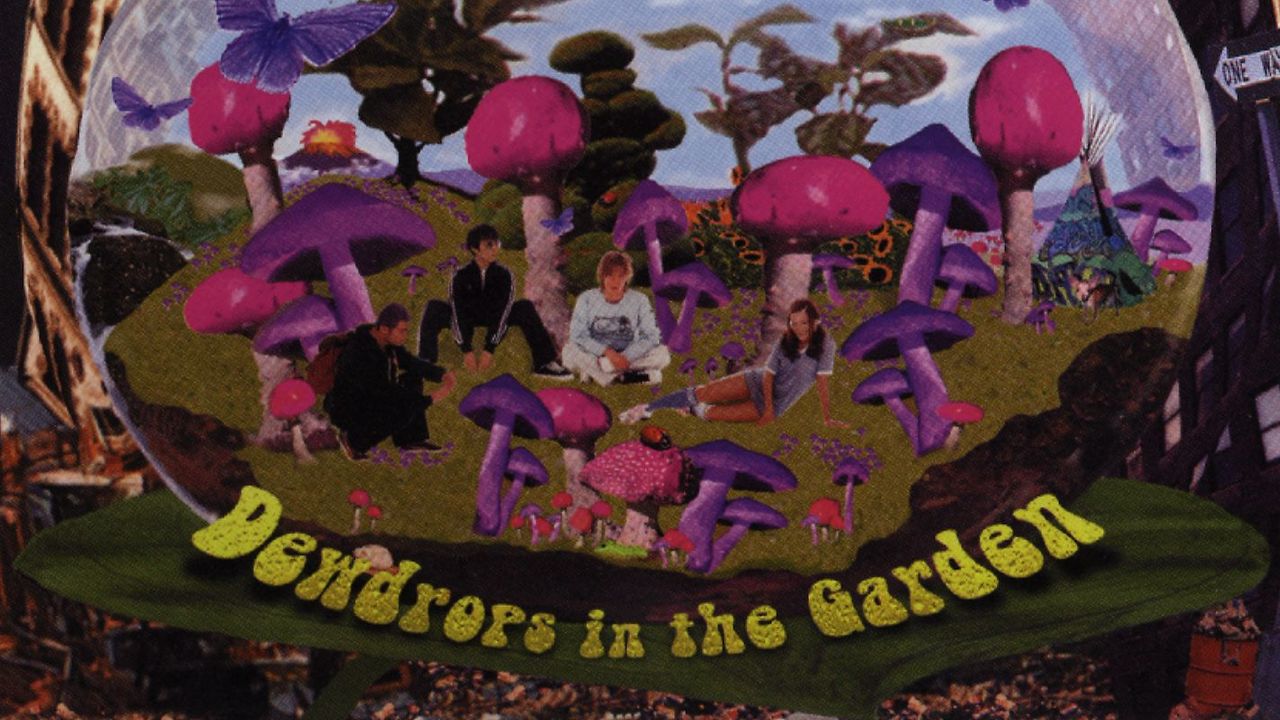“Groove Is in the Heart,” the debut single of quintessential New York dance act Deee-Lite, was a blur of frantic tambourine jingles, slide whistles, a stuttering Eva Gabor sample, Bootsy Collins interjections, a Q-Tip verse, and lyrical references to succotash and Horton Hears a Who!. No wonder the beguiling track caught on like a polyester body suit on fire. “We’re going to dance… We’re going to dance… We’re going to dance, and have some fun.” As introductory proclamations go, those words were nearly as direct and promising as, “Let there be light.”
Radio was ready for the trio. The single, which sported a four-on-the-floor stomp, was released a little more than a month after the first house song to hit No. 1 on the Billboard Hot 100, Madonna’s “Vogue,” wrapped its three-week stretch at the summit. In the summer of 1990, house-inflected dance pop was hot. Deee-Lite’s smash sounded like many things (chiefly Herbie Hancock’s “Bring Down the Birds,” from which “Groove” cribbed its bassline), but nothing quite sounded like it, not even within the group’s own discography. Its popularity was boosted by its video, in which Deee-Lite vamp in front of psychedelic displays that at times approximate moving tie-dyes. The video opens with singer Lady Miss Kier asking questions that seem both self-explanatory and impossible to answer correctly (“How do you say deee-groovy? How do you say deee-gorgeous?”). What’s notable is not merely how weird everything is, but how confidently it’s delivered. If the public was confused, Deee-Lite surely weren’t.
Their pride—combined with their thrifted ’70s looks—brought a downtown New York aesthetic to mainstream culture. Deee-Lite ran in the same circles as the “club kids” who became talk-show staples in the early ’90s (RuPaul and Michael Alig among them). They might have come off as intimidatingly cool if their song, whose main hook consisted of Kier singing the words of the title four times in different catchy iterations, weren’t so accessible.
Deee-Lite had spent most of the late ’80s gigging around New York (specifically downtown Manhattan), building a reputation as purveyors of retro pop-funk and eventually house music, which already taken hold in major U.S. metros like Chicago and New York. The road to Deee-Lite kicked off in 1982, when Youngstown, Ohio-born textiles designer Kierin Magenta Kirby (eventually Lady Miss Kier) met Ukrainian émigré Dmitry Brill (Supa DJ Dmitry) in Washington Square Park, among the NYU students, strung-out gutter hypes, and guys selling fake weed. They soon entered a romantic relationship that lasted some 13 years. Dmitry had taken piano lessons back home in the former U.S.S.R. and moved to New York in 1979 at age 15. Clubland lured him and he DJed at places like the Pyramid, the Red Zone, and Nell’s. Kier would go-go dance at parties thrown by nightlife legend Susanne Bartsch and work the coat check at Limelight (she claimed to have been fired for blowing her nose on someone’s fur coat).
